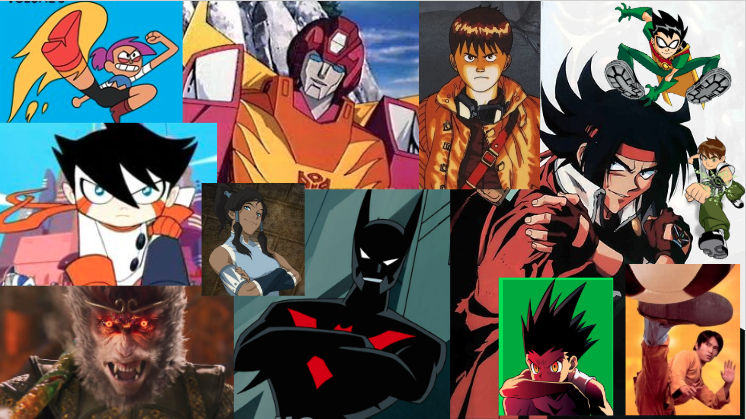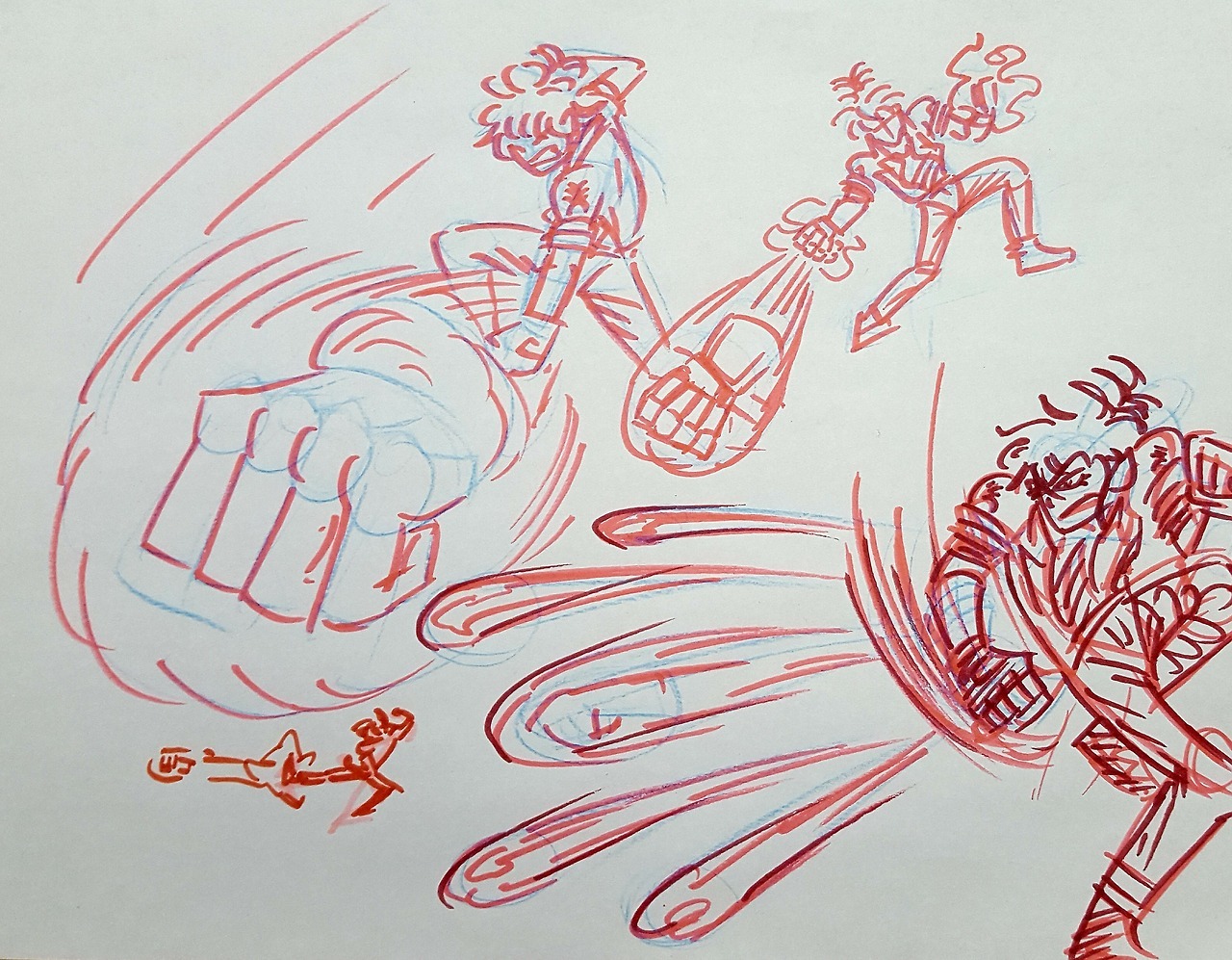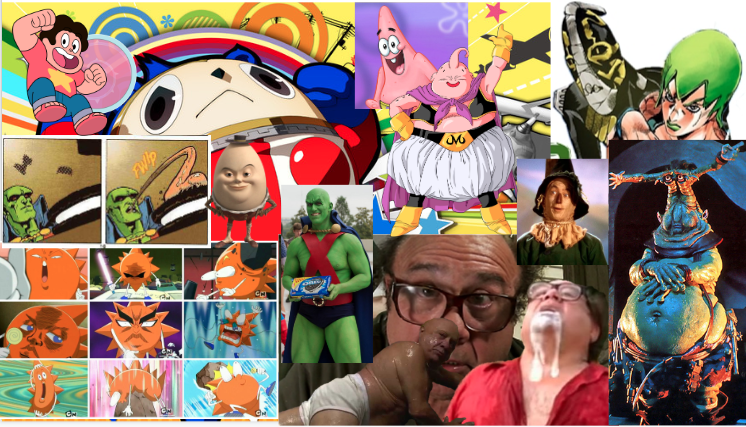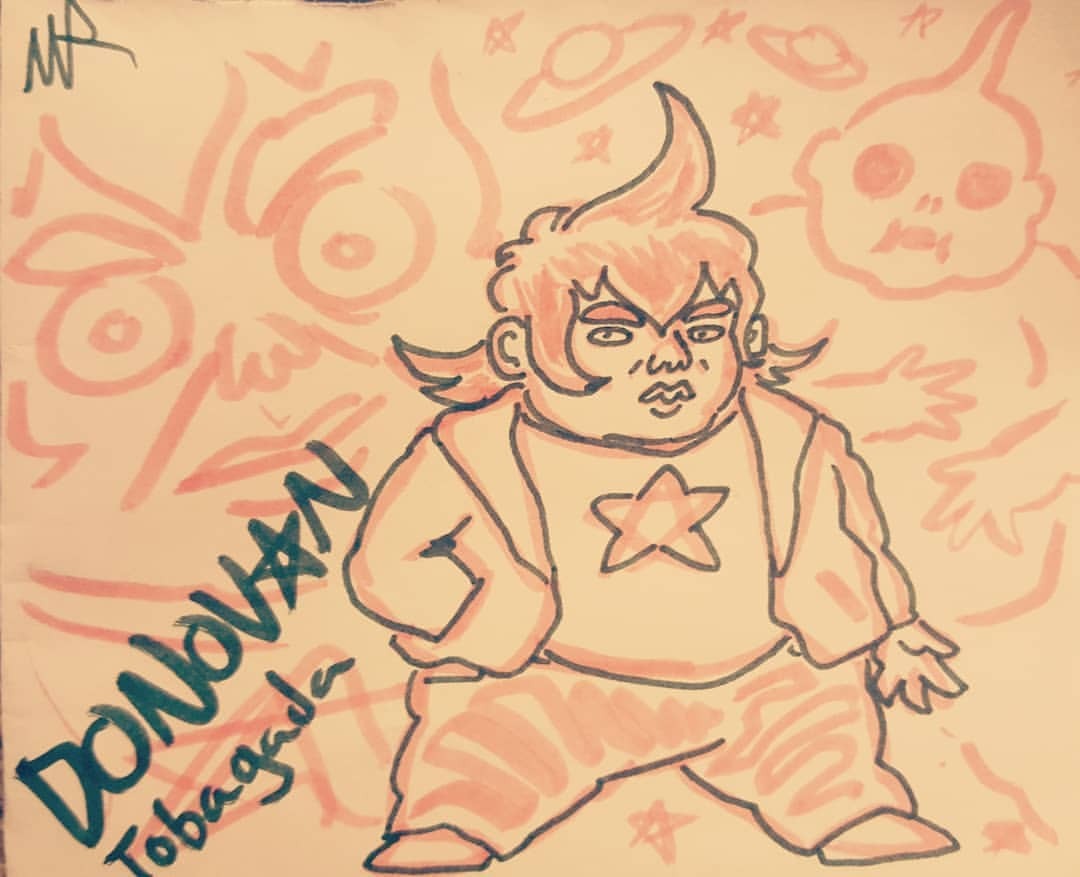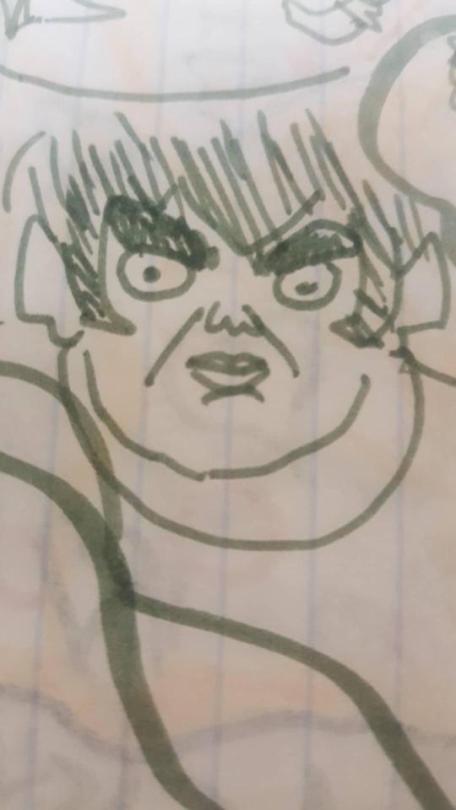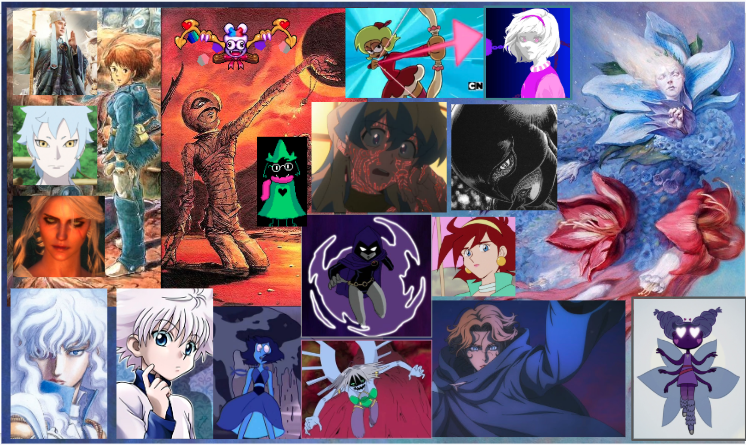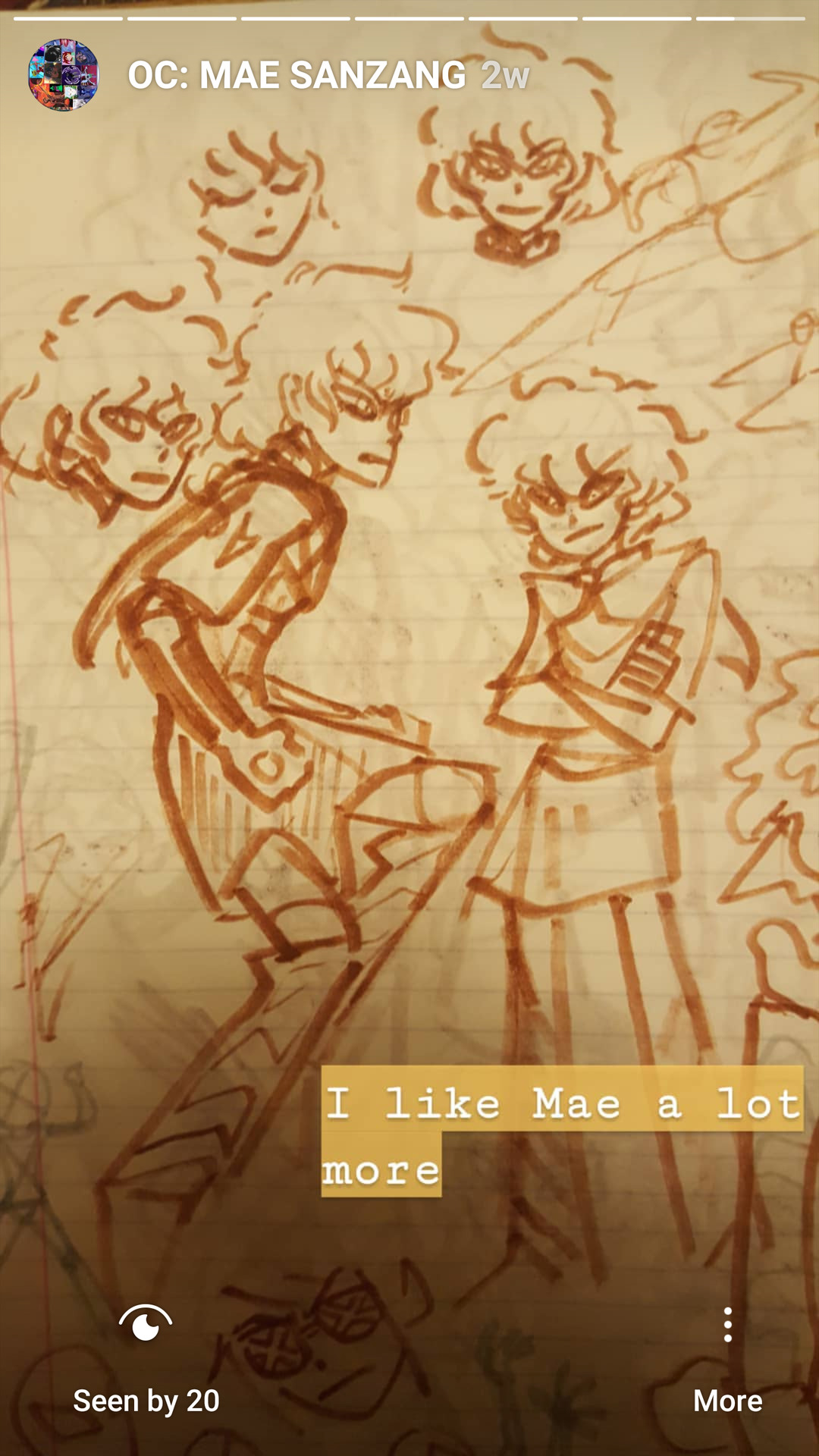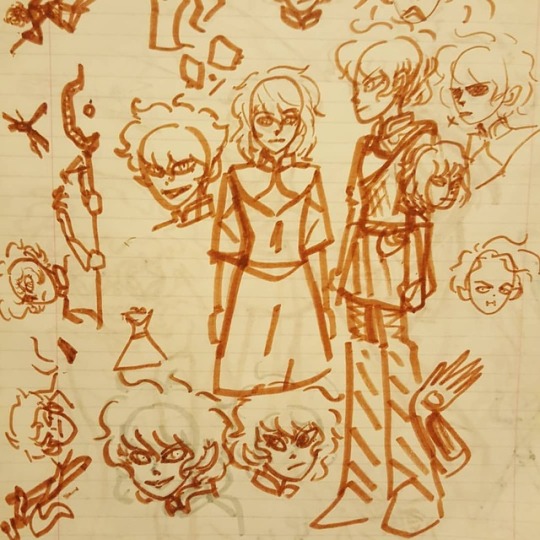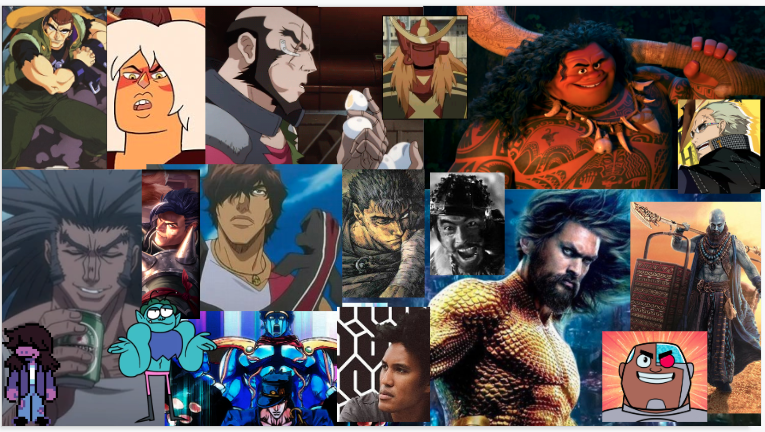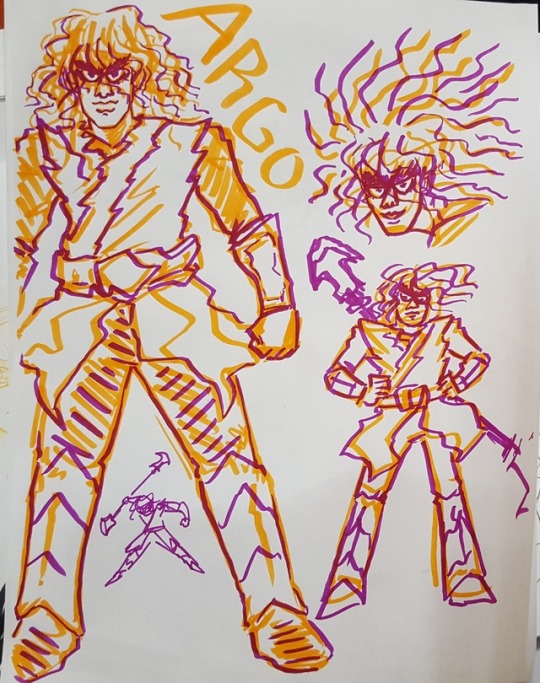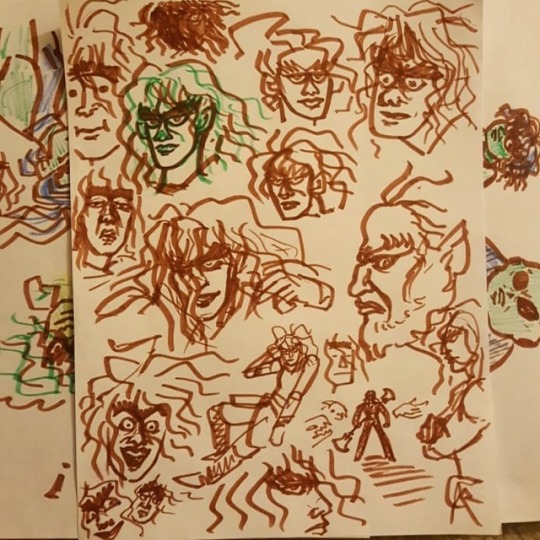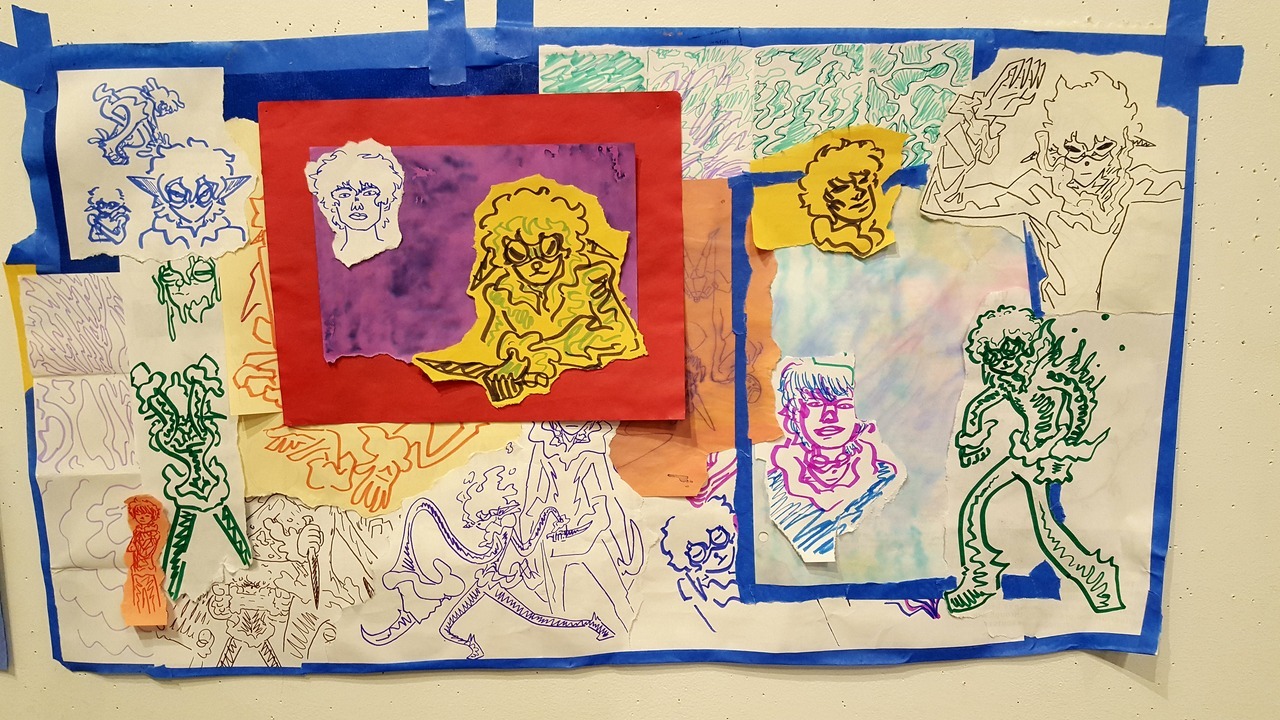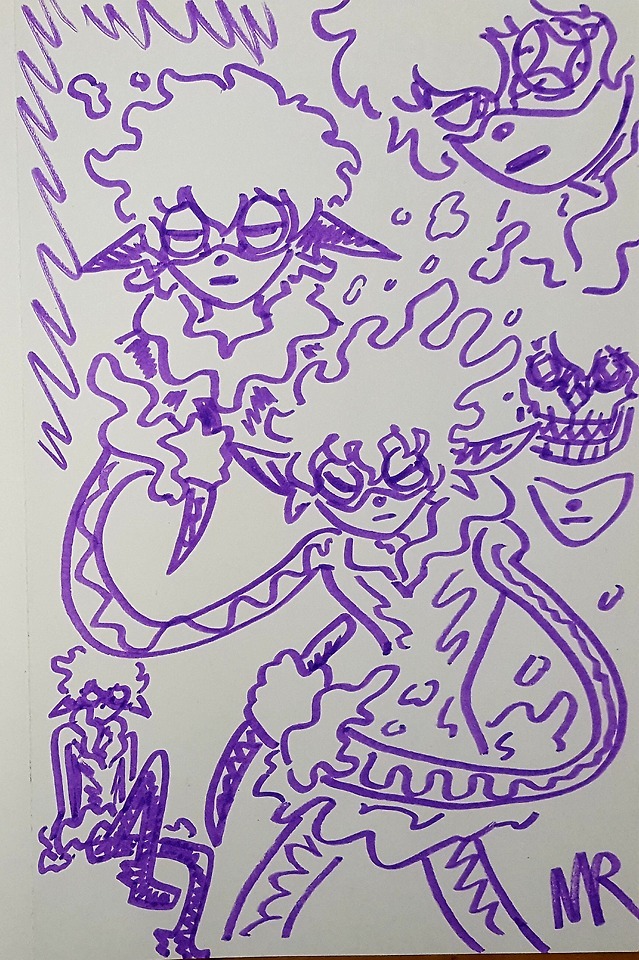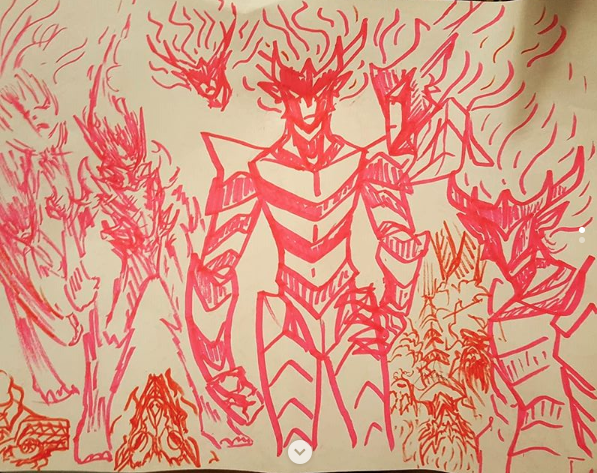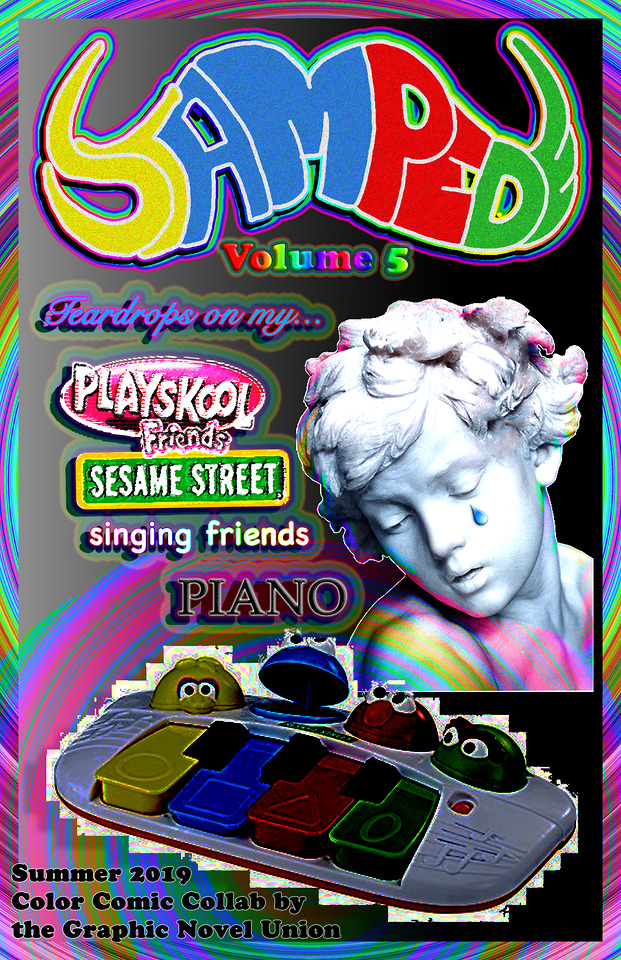The East and West have been great collaborators in perfecting and producing brain-rotting commercial entertainment content for people all around the world. Especially in entertainment that targets children. With every decade that passes, there is an escalation in both the cross-cultural fusion of entertainment media as well as its conceptual density and complexity. Imports of foreign pop-culture have struck chords with us and added new flavors and dimensions to our own pieces of media. New generations of creators enter the industry with the influences they absorbed as children and we the consumers devour increasingly potent fantasies. We live in an age of hyper flavor blasted movies, television, comics, cartoons, toys, and videogames. All designed to capture our attention, excite us, flare up our imaginations, create addiction, consume our brains, and ultimately loosen our wallets. We are overloaded with exposure to this from day one and so we grow up with what I consider to be remarkably vast conceptual literacies. For example, nowadays, I would think most Americans would understand many different time travel shenanigans, supernatural monster origins, and post-apocalyptic scenarios that were once cutting edge even if they wouldn’t consider themselves to be nerds or creative types. In this paper, I’ll be mostly going over the history of Japanese entertainment in America and it’s impact on American youth culture.
In America’s entertainment industry, influence from Japan has come in waves. Starting with the cartoon show Astro Boy, the first Japanese cartoon show to air in the USA, premiering on American TV’s in 1963. Astro Boy’s global success paved the way for the imports of many more Japanese cartoon shows such as Speed Racer, Gigantor, and Kimba the White Lion. Kimba is thought to be an influence on the Lion King (1994) and Gigantor is thought to be an inspiration for The Iron Giant (1999). Funny enough, in the 60’s there was an outcry against cartoon shows like Astro Boy that were thought to make children think of cartoon characters as real people. The 60’s were the first decade where televisions were in almost every American household and commercialization was ramping up hard with toys, comics, superheroes, and the tradition of Saturday morning cartoons. Parental and government concerns over cartoon violence, imitation, social messages, manipulative advertising, speech, morals, and the mental development of children led to laws and regulations for children’s media. Many shows of the time were heavily censored and edited according to these regulations. Astro Boy and other Japanese imports were often revised and rewritten to be palatable for Americans. With Japanese imports, trends of parental paranoia, government regulation, and American localization have continued in flux over the decades.
The 70’s were a time where anime was hard to come by and what did come over was usually butchered into garbage through censorship and revision. Government FCC regulation and overzealous parent groups like Action for Children’s Television had a tight grip on the television industry until the 80’s when Ronald Reagan “dismantled agencies created to protect the public, and signaled to broadcasters that the FCC, which had bowed to the demands of ACT, would no longer be so stringent in its oversight” (Ladd, 2009). With the 70’s came space operas like Leiji Matsumoto’s Space Battleship Yamato which was rebranded for the US as Star Blazers (1979). Unlike previous shows that were imported, Star Blazers came with much of it’s maturity and complex story intact with only minor revisions and censorship. This caught some people’s attention and so the 70’s saw the rise of the first Japanese animation fan clubs in America as well as a growing anime fan presence in Sci-fi conventions. Star Blazers came during the time Star Wars (1977) was the big thing and is considered to be the show that truly spawned the US anime fandom. This all foreshadows what the 80’s were about to be for anime.
The 80’s in general saw a gargantuan explosion in children’s entertainment media in America following Ronald Reagan’s deregulations. The corporations were unleashed and could execute almost as much shameless advertising and “half-hour toy commercials” as they pleased. Toy companies took over children’s television and everything was milked into oblivion. “Perhaps the most lasting legacy of the Golden Age of Deregulation (roughly 1983-1989) was that it dominated the memories of a generation. Many college-age Americans spent their formative years during the Fowler era, and He-Man, She-Ra, and the Transformers are now cherished relics of their childhoods. It was they who collected nearly one billion plastic figures, strained their thumbs on Atari games, wore out batteries by the truckload, and spent dreamy afternoons by the TV watching Voltron and Legend of Zelda.”(Goodman, 2010) Collaboration between America and Japan really started lifting off at this time as America adapted many Japanese products and shows like Transformers and Voltron while beginning the practice of outsourcing animation work for American action cartoon shows like Ducktales and X-men to Japan. The 80’s are also known as the golden age of anime in America. There was a new explosion of anime airing on TV, getting imported by VHS, and fan communities were sprouting up all across the country. Fan communities distributed unimported shows that were inaccessible to normal consumers by translating and sharing copies amongst themselves. Many of the people who participated in these communities grew up watching Astro Boy and had rediscovered the series as adults. The 80’s were full of variety.
In the 90’s everything was increasing. More shows, more variety, more fans, more communities, more distribution companies, more products, more bootlegging. On Cartoon Network’s new Toonami block, big iconic anime shows like Sailor Moon, Gundam Wing, and Dragon Ball Z were hitting in America. On the Syfy channel, adult and experimental anime were aired on late nights. Disney released Miyazaki’s Princess Mononoke. American movies like The Matrix were citing anime as a major influence, like Ghost in the Shell and Akira. The first dedicated anime conventions were happening. Pokemon started hitting as a cartoon, video game, and trading card game. Satanic panics over Pokemon and Yu-gi-oh were happening. The first wave of American cartoons with anime themes began appearing, like Powerpuff Girls, Dexter’s Laboratory. With anime in the mainstream, the 2000’s were primed for yet more new explosions.
Then I will talk about 2000’s 4kids, Toonami, Jetex, and Adult Swim and other imported entertainment media stuff that started showing alongside American content similar to how Disney and Ghibli became associated together. Dragonball Z impact, Pokemon craze, Digimon, Yu-Gi-Oh. This is the point where I think America fully awakened to Japanese pop-culture influence. With global childhood crazes, parental paranoia, and internet access making space and opening the floodgates to exchange.
Then I’ll talk about American cartoons that road the exchange waves. Creators who grew up watching mechs, magical girls, and martial arts adventures in the 80’s and 90’s started making shows with those themes.
In the 2000’s there was a surge in American cartoons based on or inspired by anime and Asian culture. Jackie Chan Adventures (2000), Samurai Jack (2001), Xiaolin Showdown (2003), Teen Titans (2003), My Life as a Teenage Robot (2003), Super Robot Monkey Team Hyperforce Go! (2004), American Dragon Jake Long (2005), The Life and Times of Juniper Lee (2005), Robotboy (2005), Ben 10 (2005), Avatar the Last Airbender (2005), etc.
And now we have shows by creators who grew up with the internet and as children had those cross-cultural flood gates unleashed on their little peabrains. I’ll talk about the rest of the shows that are coming out today with that influence. I’ll talk about the indie/alternative comic and videogame scenes. I will talk about artists like Bryan Lee O’mally and Corey Lewis.
https://www.encyclopedia.com/media/encyclopedias-almanacs-transcripts-and-maps/saturday-morning-cartoons
https://www.awn.com/animationworld/dr-toon-when-reagan-met-optimus-prime – deregulation
https://www.awn.com/animationworld/adverse-effects-cartoons-minds-our-children
https://www.denofgeek.com/us/games/pok-mon/239407/how-pokemon-survived-90s-pokemania
https://www.latimes.com/archives/la-xpm-1999-oct-16-mn-22915-story.html – Pokemon cards
http://isismagazine.org.uk/2016/07/6158/ – Yugioh
https://www.metv.com/stories/astro-boy-was-the-pokemon-of-the-1960s
https://en.wikipedia.org/wiki/List_of_anime_distributed_in_the_United_States
https://www.rightstufanime.com/anime-resources-history-of-anime-in-the-us
https://www.forbes.com/sites/olliebarder/2015/12/21/understanding-the-japanese-influences-behind-star-wars/#2f5ed6105e1c
https://www.tor.com/2012/03/30/noboru-ishiguro-animes-master-of-space-opera/
https://www.gotquestions.org/Pokemon-Yu-Gi-Oh.html
https://www.elon.edu/docs/e-web/academics/communications/research/vol3no2/08ChambersEJFall12.pdf – Anime: From Cult Following to Pop Culture Phenomenon
https://www.youtube.com/watch?v=zZsFQPdU2dw – History of Otaku Culture
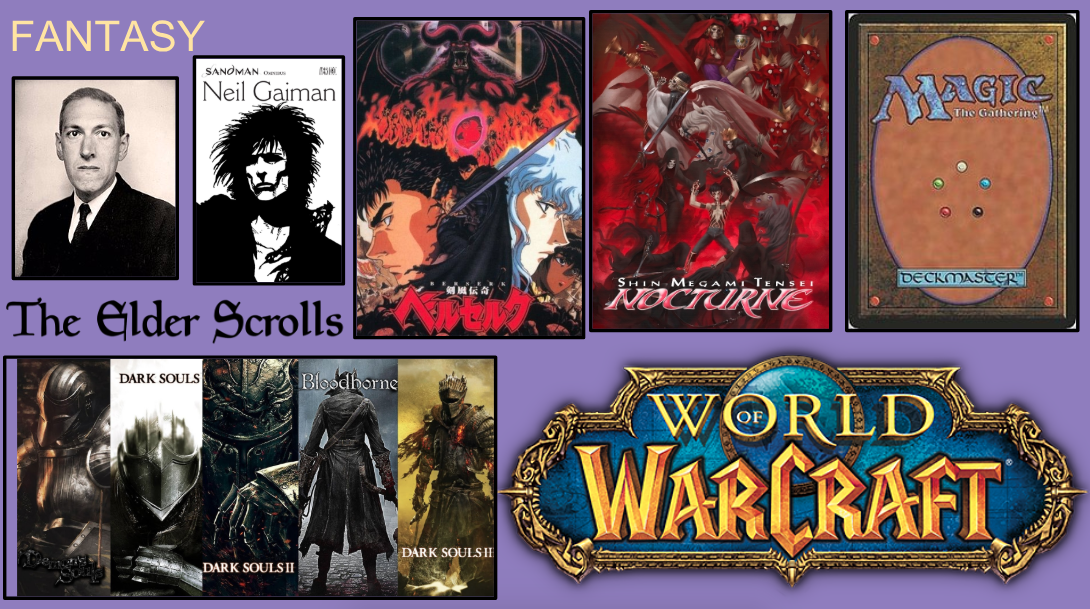
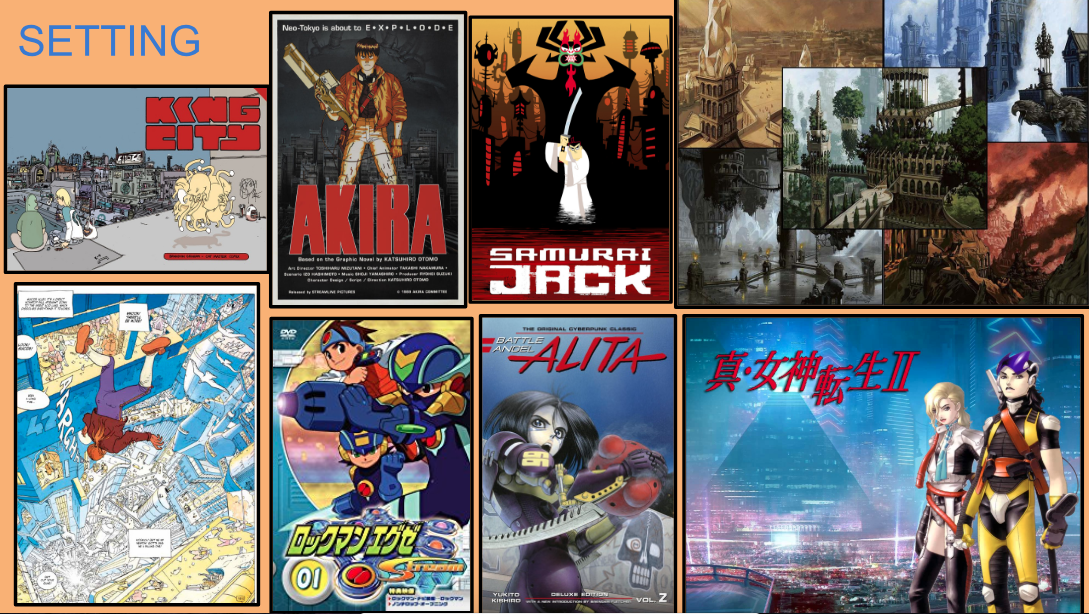
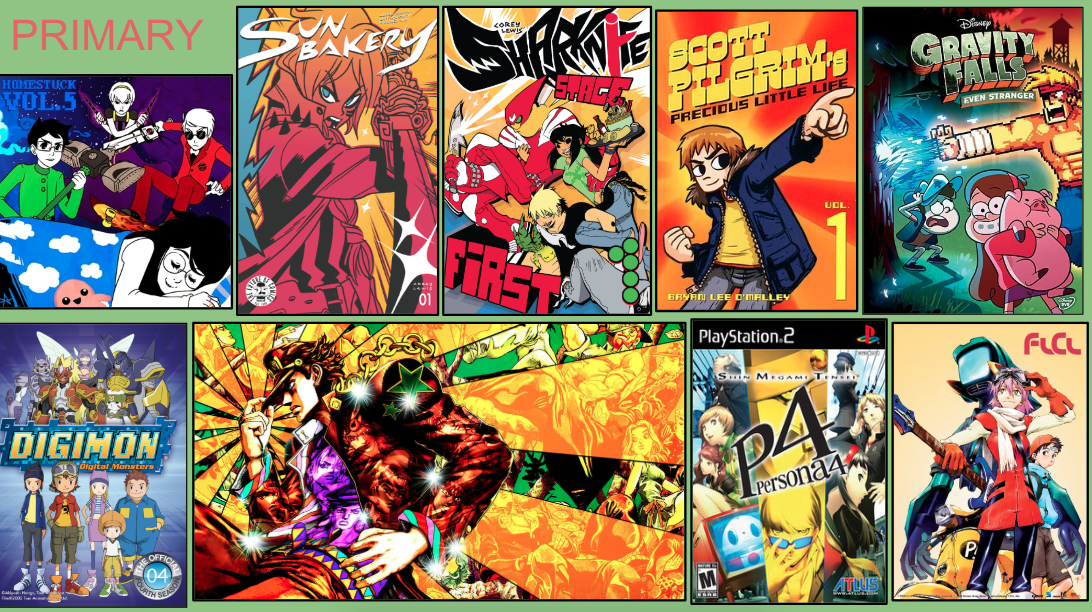
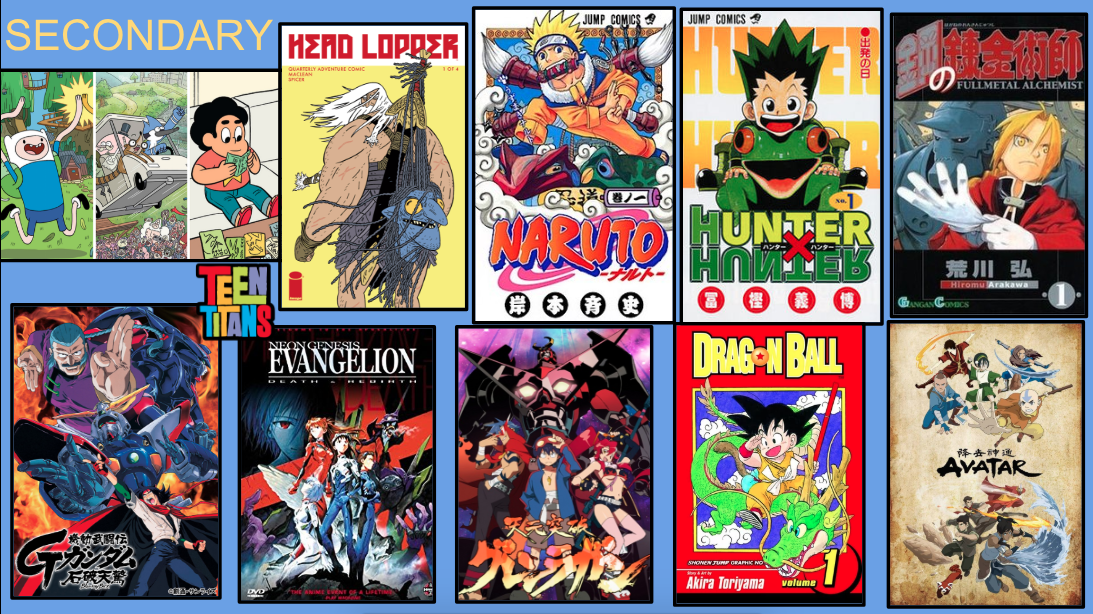
 Pine Dadandi
Pine Dadandi